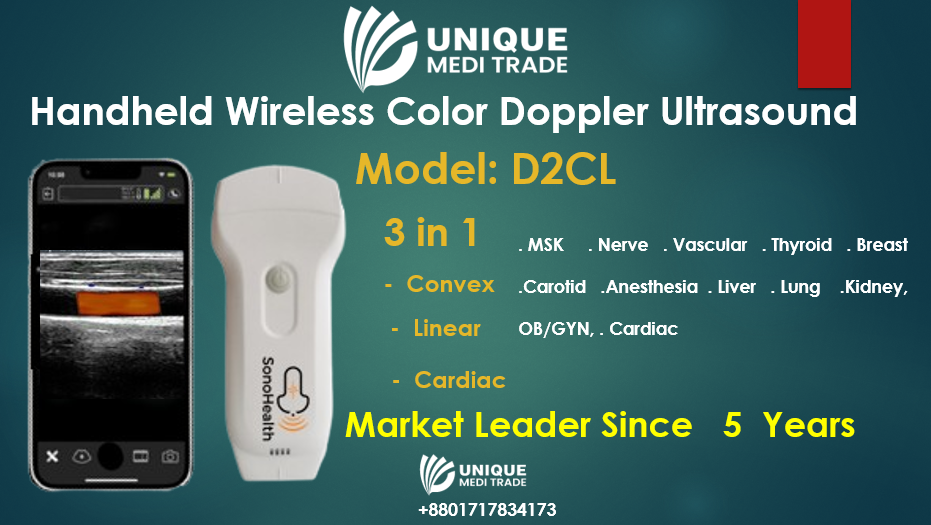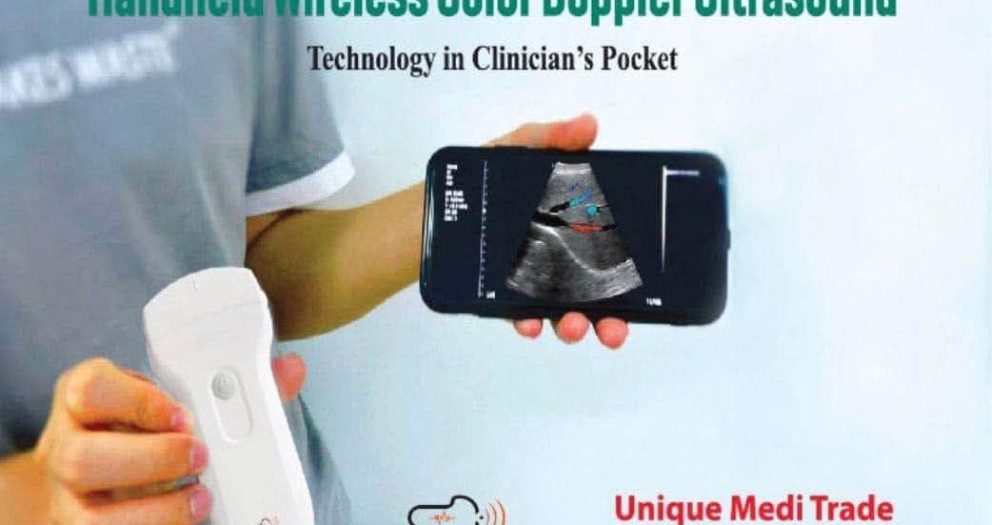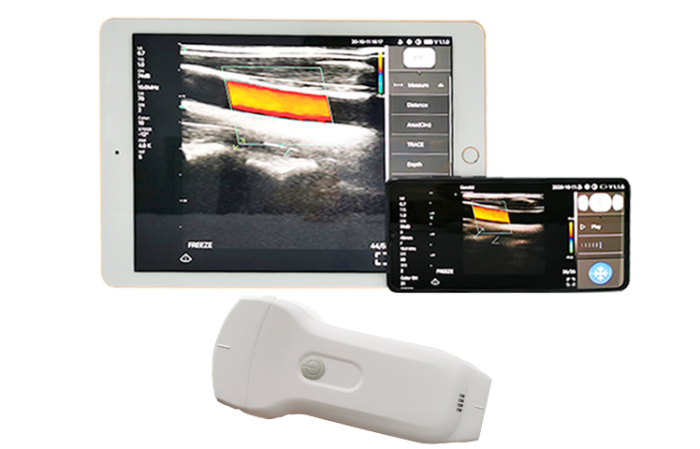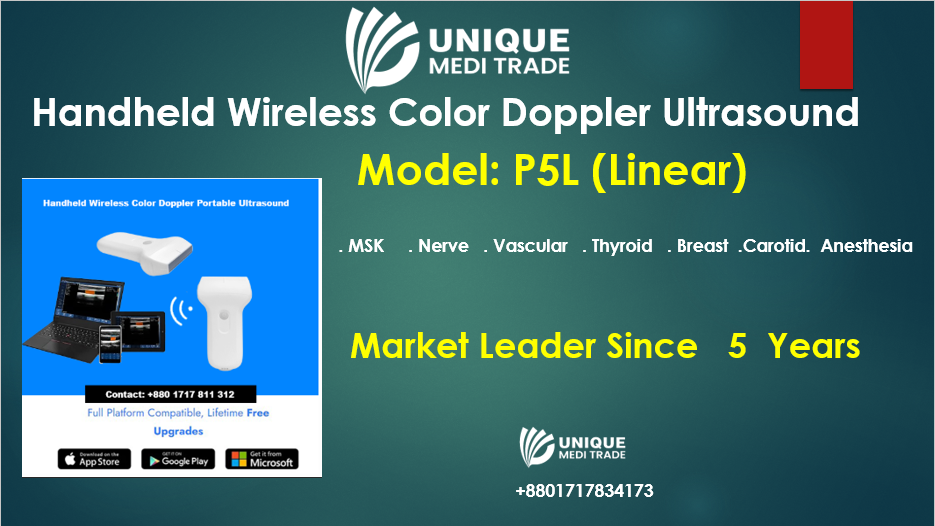Goodbye stethoscope: A tech breakthrough in how doctors diagnose
One such tool is the handheld ultrasound device, which has become increasingly popular in recent years. Handheld ultrasound devices are portable, affordable, and easier to use than traditional ultrasound machines, which means that medical professionals who may not have specialized training in ultrasound can use them to diagnose conditions quickly and accurately.
These devices use sound waves to create real-time images of internal organs, blood vessels, and other structures in the body, providing doctors with a more detailed understanding of a patient’s condition. This can ultimately lead to better patient outcomes and reduced healthcare costs by avoiding unnecessary diagnostic tests and referrals to specialists.
In addition to handheld ultrasound devices, other technological breakthroughs are also changing the way doctors diagnose and treat patients. For example, artificial intelligence (AI) is being used to analyze medical images, making it possible to detect diseases and conditions that may be missed by the human eye.
Telemedicine is another breakthrough that is changing the way healthcare is delivered. With the help of telemedicine, doctors can diagnose and treat patients remotely, reducing the need for in-person visits and improving access to healthcare for people in rural or remote areas.
Overall, these technological breakthroughs are transforming the way doctors diagnose and treat patients, making healthcare more efficient, accurate, and accessible than ever before. While the stethoscope will always hold a special place in the history of medicine, it is clear that new technologies are paving the way for a new era of medical diagnosis and treatment.
Ultrasound technology, on the other hand, can provide real-time images of internal organs, blood vessels, and other structures in the body, giving doctors a much more detailed understanding of a patient’s condition.
Handheld ultrasound devices are becoming increasingly popular as they are more portable and affordable than traditional ultrasound machines. They are also easier to use, which means that medical professionals who may not have specialized training in ultrasound can use them to diagnose conditions quickly and accurately.
In addition to being more accurate, handheld ultrasound devices have the potential to reduce costs by avoiding unnecessary diagnostic tests and referrals to specialists. This can ultimately lead to better patient outcomes and reduced healthcare costs.
However, it is important to note that while handheld ultrasound devices have many advantages over the stethoscope, they are not a replacement for all diagnostic tools. Stethoscopes still play an essential role in many situations, and some conditions may require more advanced imaging techniques.
Overall, the emergence of handheld ultrasound devices represents an exciting development in the field of medicine, and they have the potential to improve the accuracy and efficiency of medical diagnosis in the future.





